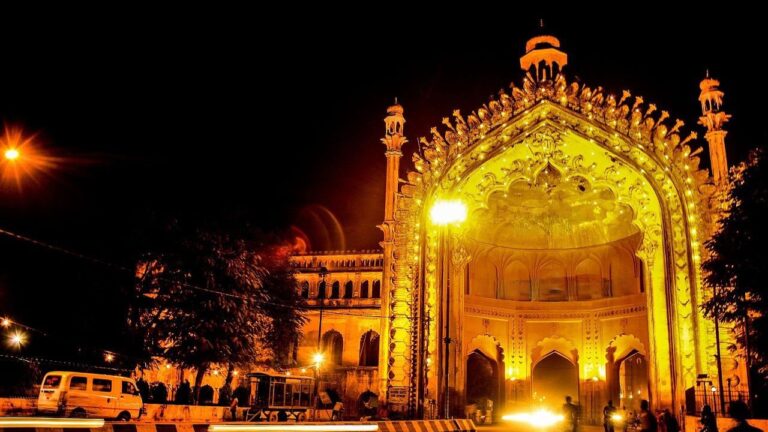
Chandrayaan-3 Makes History: India's Soft Landing at Moon's South Pole Marks Landmark Achievement (Pic Credit: ISRO)
India’s Chandrayaan-3 mission has made history by successfully and smoothly landing on the moon’s southern polar region, showcasing impressive space exploration capabilities. This accomplishment highlights both India’s rapid advancements in space technology and a significant moment in the global pursuit of space exploration.
The mission included a lander called Vikram and a rover named Pragyan, both of which safely reached and established themselves on the moon’s surface, marking a remarkable achievement. This unprecedented feat establishes India as the pioneer in accomplishing a soft landing in this formidable lunar sector, marking it as the fourth nation worldwide to master a triumphant lunar landing.
The remarkable achievements of India in space exploration, such as the successful lunar and Martian missions, along with the deployment of satellites in Earth’s orbit, are a source of great pride for the Indian population. These accomplishments hold substantial importance and are universally acknowledged. Despite facing financial limitations compared to some other countries with space programs, India’s consistent display of scientific and technological expertise is noteworthy. Nevertheless, the triumph of Chandrayaan-3 carries a unique significance in India’s path toward establishing itself as a significant contender in the realm of space exploration.

Amidst celebrations at the ISRO compound, S. Somanath, the director of the Indian Space Research Organization (ISRO), announced the significant achievement of a successful soft landing. Even though Prime Minister Narendra Modi was in South Africa for an official visit, he shared his excitement about the accomplishment, considering it a crucial juncture for India’s progress and growth.
Chandrayaan-3 embarked on its journey in July, taking a fuel-efficient trajectory to reach the moon. This unique approach set it apart from its Russian counterpart, Luna-25, which unfortunately suffered an engine malfunction and crashed on its attempted landing. Vikram’s successful landing ahead of Luna-25 underscores India’s deep commitment to science and technology, which has enabled the nation to consistently push the boundaries of space exploration.
The landing date of August 23 was strategically chosen to align with the sunrise at the landing site. The mission’s objective is to gather crucial data over the course of two weeks, utilizing a suite of instruments onboard the solar-powered lander and rover. These instruments will facilitate measurements related to thermal activity, seismic movements, and mineral composition, enhancing our understanding of the moon’s geology.
The achievement was witnessed by millions of viewers globally, with around 7 million people tuning in to the Indian Space Research Organization’s YouTube channel alone. Communication with the mission is assisted by NASA’s Deep Space Network, utilizing a network of large dish antennas.
What distinguishes Chandrayaan-3 from other space ventures is its remarkable cost efficiency. The mission’s funding, totaling Rs 615 crore (roughly $75 million), is less than half the budget of the Hollywood movie “Interstellar.” This surprising fact has garnered attention, even catching the eye of tech mogul Elon Musk, who praised India’s accomplishment.
Chandrayaan-3’s success solidifies India’s place among the elite few countries that have achieved a soft landing on the moon’s surface. This achievement positions India alongside distinguished nations like the United States, Russia, and China, showcasing the country’s advancing prowess in space exploration.
While India commemorates this momentous feat, its space agency, ISRO, is eagerly anticipating forthcoming endeavors. Among these, the impending launch of the Aditya L1 mission, dedicated to solar research, stands out and is scheduled in the following weeks. Together with the triumph of Chandrayaan-3, these accomplishments emphasize India’s resolute dedication to pushing the frontiers of science and discovery, solidifying its position on the international space platform.
Watch: ISRO’s Chandrayaan-3 Mission Vikram rover soft landing on Moon




